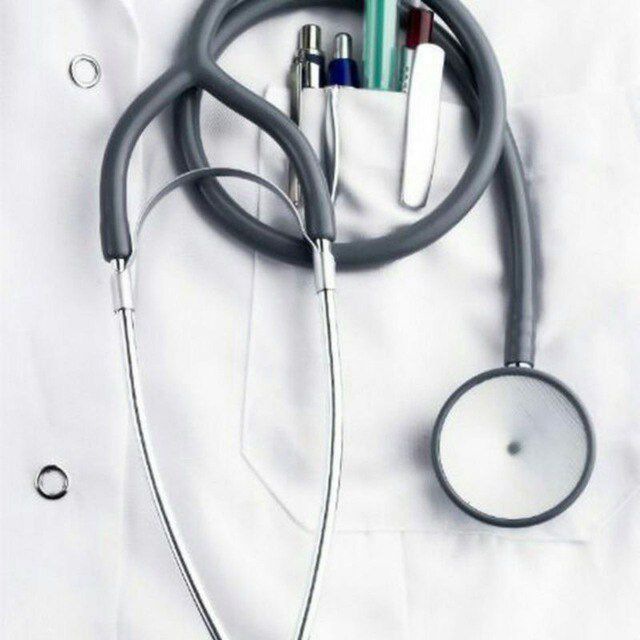Basic concepts of hemodialysis unit
– Abbreviation/Alternate name: kidney equipment, dialysis machine
– What does it mean?
Haemo = Blood
Dialysis = the separation of waste products from the blood
Artificial kidney Dialyser =
– What is it used for?
To remove blood clots
Keeping fluids in balance
Keeping electrolytes in balance
– Physiology
Replacement for defective and malfunctioning kidneys
Working Principles
Combination of bicarbonate and acetic acid salt with RO treatment solution to produce dialysis fluid. After re-exposure to air and chemicals, the fluid is heated to a temperature of about 37 degrees Celsius before it can be placed in the dialysis machine. The machine will continue to work until the blood, cleanliness and excess fluid are removed. Finally, the remaining excess fluid will be directed to a special sewer (hospital wastewater). Figure 1 shows the overall block diagram of a hemodialysis machine.
– unit of measurement
Temperature, degrees Celsius (C)
Hedayat, Ms
Pressure, mm/Hg
Flow rate, milliliters per minute (ml/min)
– Qualitative and commercial ingredients
Temperature: 37 degrees Celsius
Direction: Ms 14
Pressure: 200-100 mmHg
Dialysis fluid pump: 500 ml per minute
Blood pressure: 300-200 ml/min
Reported Problems
Infection is a problem with the use of this device. Most of the deaths from the use of these systems are due to these infections. Dangerous viruses can easily accumulate and spread on this system. These unpleasant events should be prevented by using various methods of sterilization and decontamination, proper storage and disposal of waste.
The importance of pure water
Adequate pure water is essential in hemodialysis. The quality and composition of tap water varies from region to region, and although it is suitable for drinking, it may be dangerous to use due to different concentrations of minerals. On the other hand, minerals and vitamins needed by the body can be added to the water used in dialysis. However, this water should be checked periodically. Allergy to the by-products of these systems is a rare but dangerous problem.
Purchase Notes
The selection of the device from the seller should be very careful and the system is purchased from a place that does not cause problems for the purchase of spare parts and accessories. Machines that are purchased for home use. It needs to have simple operating principles and be suitable for air pressure, humidity and general weather conditions in the home environment. The spare parts and disposables of these machines create significant costs and there are significant differences in the products of different manufacturers. Choosing the right one based on need can help reduce costs. https://t.me/joinchat/LGFNuFbsiWDOnIal9Q65LA
This post is written by deture
